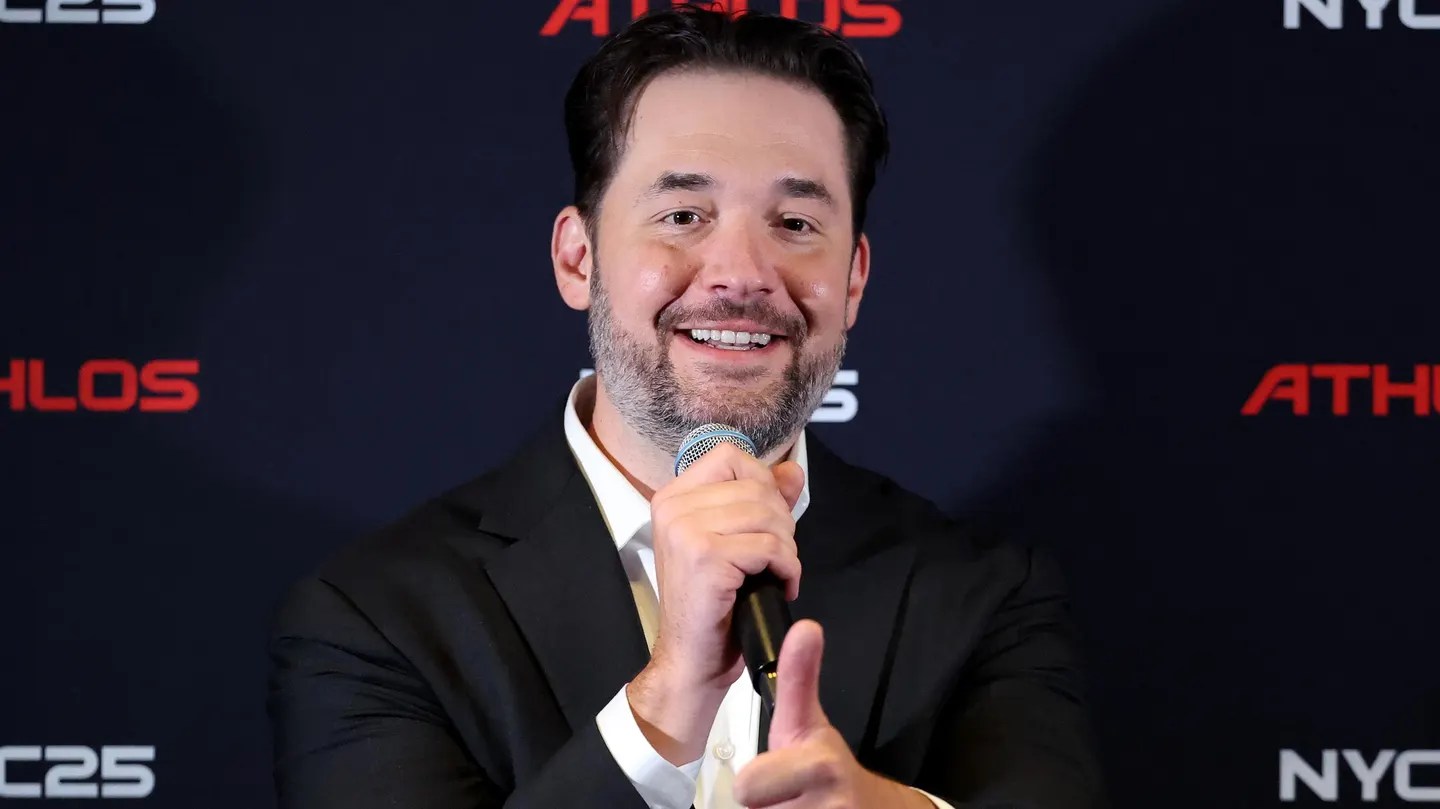Dr. Sam Wenger is betting that Direct Air Capture (DAC) could hold the key to averting climate catastrophe. His Sydney-based startup, DacLabs is pioneering a technology that strips carbon dioxide from the air we breathe.
This story is featured in Issue 18 of Forbes Australia. Tap here to secure your copy.

Climate change is a daunting challenge, and one that can’t simply be solved by switching to renewables. A vast amount of CO2 has already accumulated in the atmosphere, and “the annual rate of increase in atmospheric CO2 over the past 60 years is about 100 times faster than previous natural increases”, reports NOAA (The US National Oceanic and Atmospheric Administration.)
Moreover, critical industries like steel and cement production, aviation, shipping, and heavy-duty road transport can’t yet be fully powered by emissions-free energy. “About 10-15% of emissions are just really hard to abate,” says Wenger.
The scale of the problem, he says, demands nothing less than an industrial revolution. Wenger estimates humanity will need to pull nearly “10 billion tonnes of CO2 from the atmosphere each year” to meet current net emission goals. Achieving that, he warns, will require a colossal new sector: an industry “potentially double the size of the entire oil industry in about 25 years”.
Although DAC is not a new technology, it has traditionally been focused on point-source emissions. Power plants and industrial facilities provide a much more contained engineering problem, where C02 concentrations are high and can be directed easily. Yet Wenger sees a far bigger prize in targeting the diffuse CO2 that lingers in our atmosphere. At just 0.04% concentration, atmospheric CO2 poses a far greater technical challenge – but also a critical opportunity to reverse some of the damage already done.
DacLabs’ solution is to force air over ‘monoliths’, high surface area structures which selectively react and bind to CO2, capturing it in a powder form. Yet what sets DacLabs apart is the use of advanced microwaves to convert the powder back into gas form with over 99% purity. Unlike conventional gas furnaces or electric kilns, these microwaves deliver energy precisely, consuming less energy and lowering operational costs, making large-scale capture more commercially viable.
This technology requires up to 99.9% less land than forests to extract the same amount of CO2. DAC also doesn’t share the risks associated with natural carbon sinks, such as forests, which can be vulnerable to wildfires, deforestation, or disease. “DAC offers a long durability of permanent CO2 sequestration,” says Wenger.
Critically, the entire process runs on renewable energy and utilises earth-abundant, low-cost materials. A combination that Wenger believes is essential for building a truly scalable DAC industry.
Although there has been significant interest in modular or portable DAC units that can operate on smaller scales, DacLabs is focused on achieving industrial-scale impact. This involves producing ‘mega forests’ here in Australia, achieving maximum CO2 removal through economies of scale. This is highly viable as, despite the sense that CO2 levels vary wildly across different regions, Wenger says
“CO2 concentration is very well distributed – you’re not going to find significantly higher concentrations, even in [areas with high pollution]”.
Once captured, the CO2 has two potential futures: permanent sequestration underground or re-purposing into products. One use is as a sustainable fuel source for aviation. For aircraft, where batteries still lack the energy density for long-haul flights, DacLabs captured CO2 provides a “chemically identical, drop-in ready” solution, Wenger says.
Wenger sees a unique opportunity for Australia to stake its claim in the emerging DAC industry, insisting “there is no reason that Australia shouldn’t dominate.” He is clear that government support will be essential to realise that potential, calling for “more focus from the Government in incentivising this process.” Wenger emphasised that around 80 DAC companies have already launched in the United States, many propelled by strong policy support and subsidies.
Look back on the week that was with hand-picked articles from Australia and around the world. Sign up to the Forbes Australia newsletter here or become a member here.



